In 1893, Nikola Tesla showed neon lights to the world for the first time-a tubular lamp that emits different colors by filling with rare gas. In the later popularization process, lamps with unique principles of this kind were influenced by different artistic styles, and not only became a unique landscape of the city, but also played an important role in many film and television works.
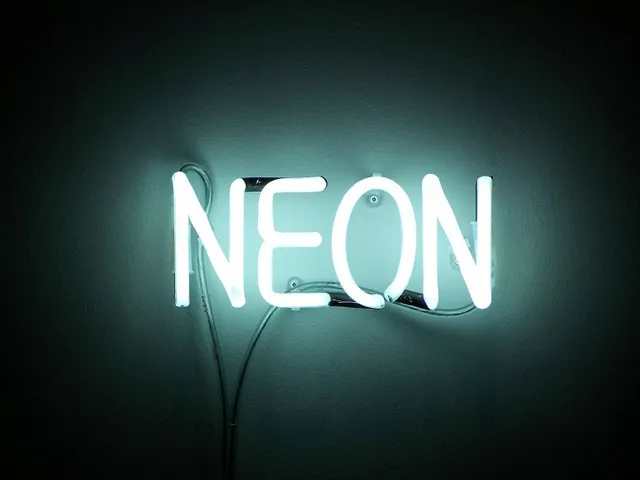
In works with a strong cyberpunk style like "Blade Runner", the neon signs that can be seen everywhere on the street are obviously indispensable in shaping this visual impression. In Wong Kar-wai's series of films set in the city of Hong Kong in the 1990s, the flickering and blurred neon lights correspond to the protagonist's unpredictable emotional trend.
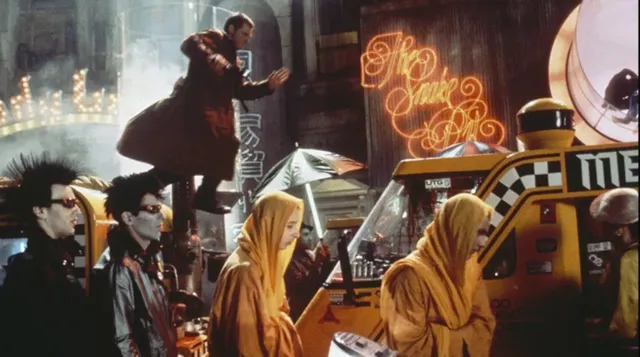
Similarly, neon lights can also play a role in contemporary art. The work of Korean artist Jung Lee is a typical representative. She uses neon lights to write the text, and through the contrast of light and dark between the lighting and the environment, when the speaker is invisible, she fully visualizes the emotional core of the text, which arouses the resonance and thinking of the audience.
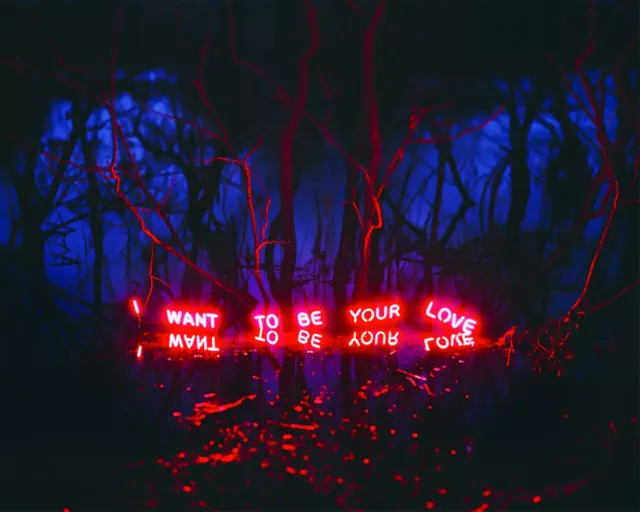
The Aporia series created by Jung Lee is inspired by Roland Bart’s "Lovers' Talks". She excerpts only words about emotional stories from online forums, literature and film and television works, and made them into neon light installations of different colors and shapes. Place it in a different background. Just as Bart used trivial details to split the core of emotions one by one in "Lovers' Talk," Lee also tried to deconstruct emotions in a similar way.
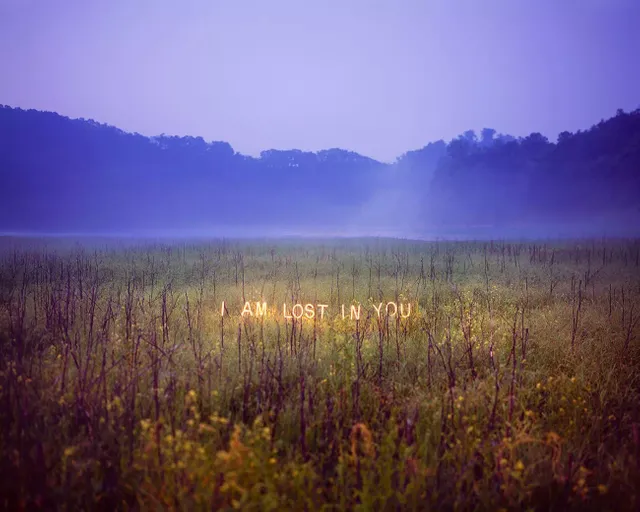
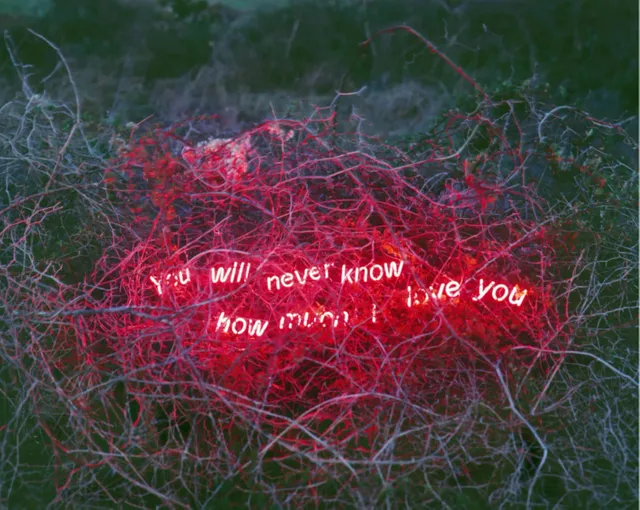
These shiny words can ultimately be attributed to ordinary daily life. We may be powerless to ask the lover "why", enthusiastically tell that this is the "only once in a lifetime" love, or leave a text message lightly at the end saying "I still love you". These clips seem to be just emotional A small part can actually be love itself. Different environments and lighting combinations bring different emotions of speech, allowing people to intuitively observe and experience emotions from different angles.
When emotions are squeezed by you, all that is left is decadence and barrenness.
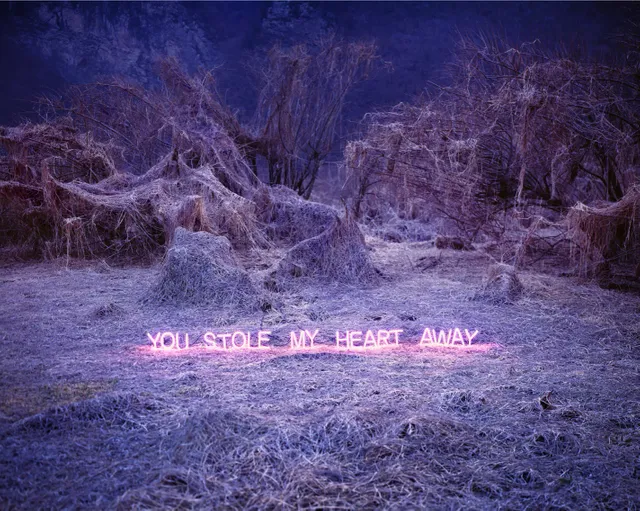
Be sure to ask why, the answer may be as empty and vague as the snow scene in the distance.
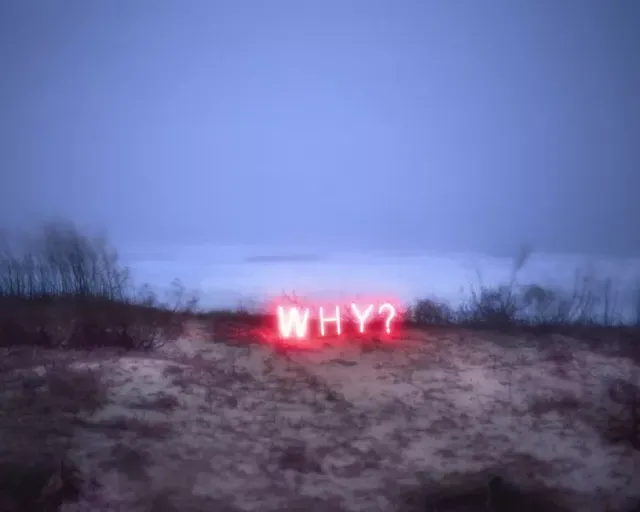
The intense emotion that bursts once in a lifetime is just like the warm red that suddenly lights up on the snow. Perhaps this is the only ray of light in a dark life.
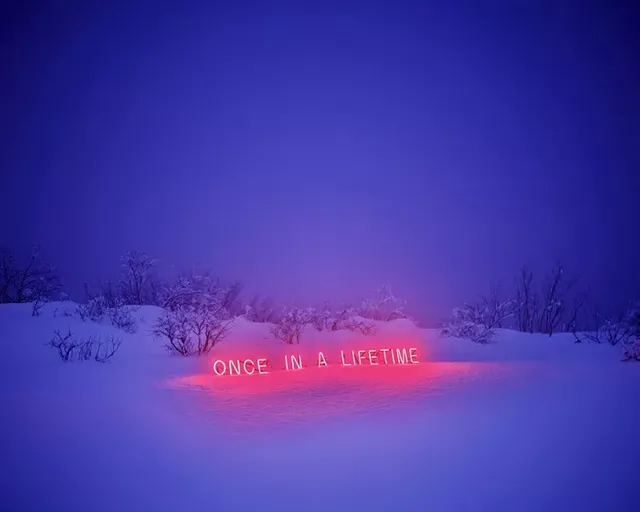
The expression of dreams should use green light to create a mysterious atmosphere, and the rare flowers embellished like a bit of warmth and sweetness remaining after waking up.
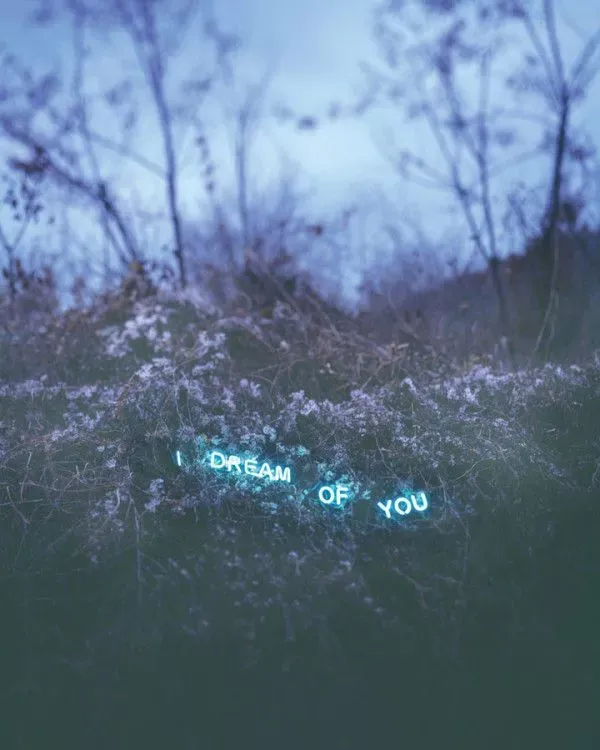
The questioning was fierce and dazzling, but with the disappearance of the feelings, the words were largely rendered in vain, just like the distant and almost blurred lights against the melancholic blue background.
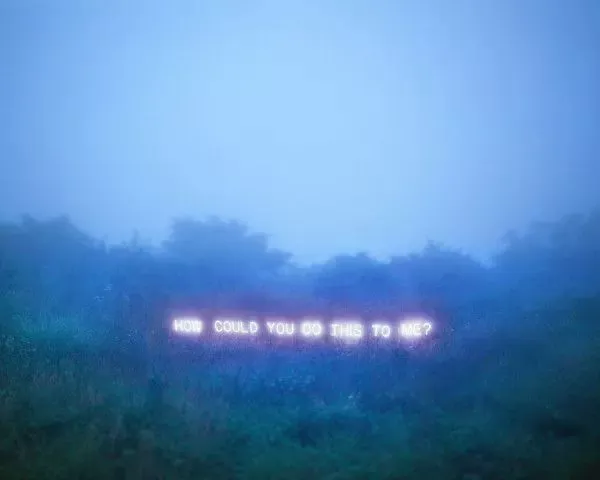
In addition to the delicate expression of emotions, Jung Lee's attempts in the Day and Nights series proved that lighting and color can also cover a wider range of subjects. This group of works is inspired by Dante’s "Divine Comedy". In the night, the words "God", "Love", and "Fate" composed of neon lights are arranged and intertwined irregularly, with dense combination of words and fierce confrontation. It is as if the poet is experiencing an upheaval after traversing the scene of purgatory. In reality, these secular desires and the desire for divinity are appropriately entangled in our conscious and unconsciousness. It is a proposition that everyone cannot avoid.
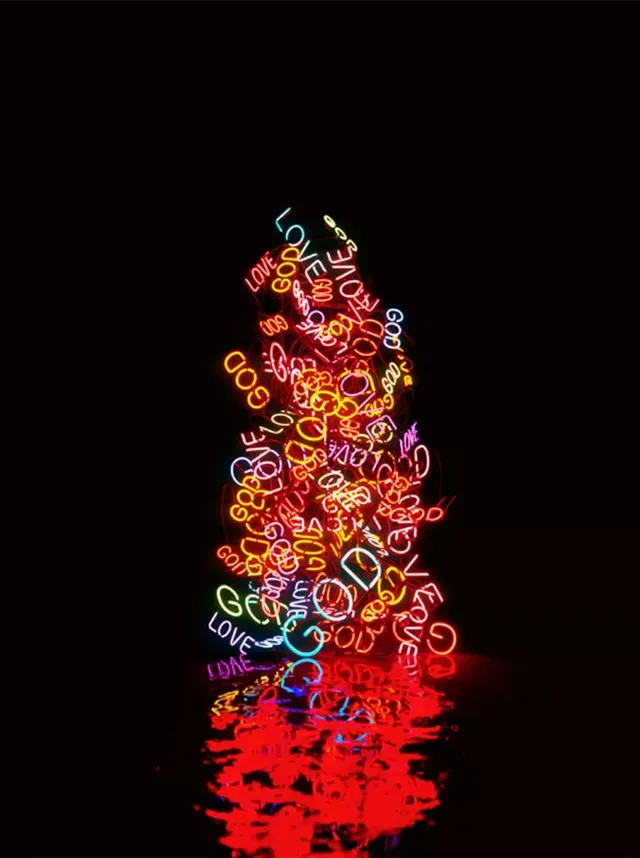
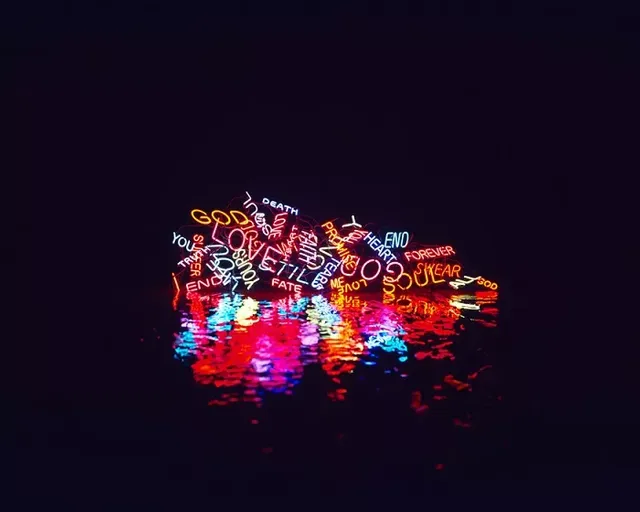
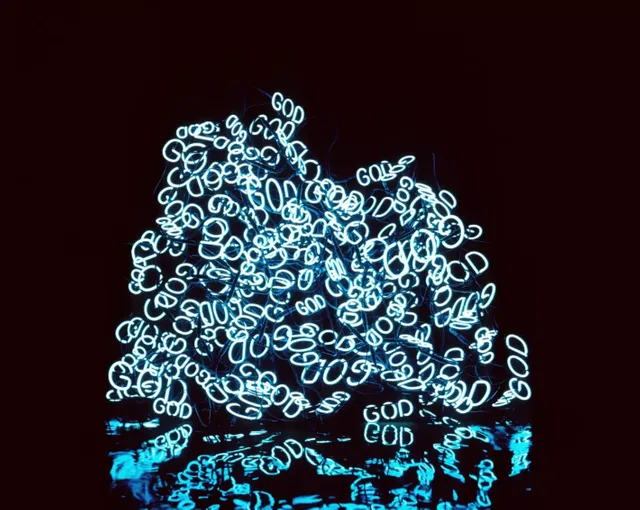
Jung Lee’s installations generally appear in the wilderness, accompanied by weeds, snow and darkness. Such an arrangement is hard not to remind people of T.S. Eliot's "The Wasteland." In fact, "The Waste Land" has a lot of colorful metaphors, showing the spiritual decline and dying of the West after the war. We have no way to verify whether Jung Lee’s source of inspiration is related to it, but at least in terms of objective presentation, the effects of Jung Lee’s several sets of works are consistent with it. On the basis of words, she uses images to enrich the spiritual world and change. The emotions of the test are explained. The neon lights about emotions and religion that flicker and flicker may be the salvation that may exist in the wilderness.